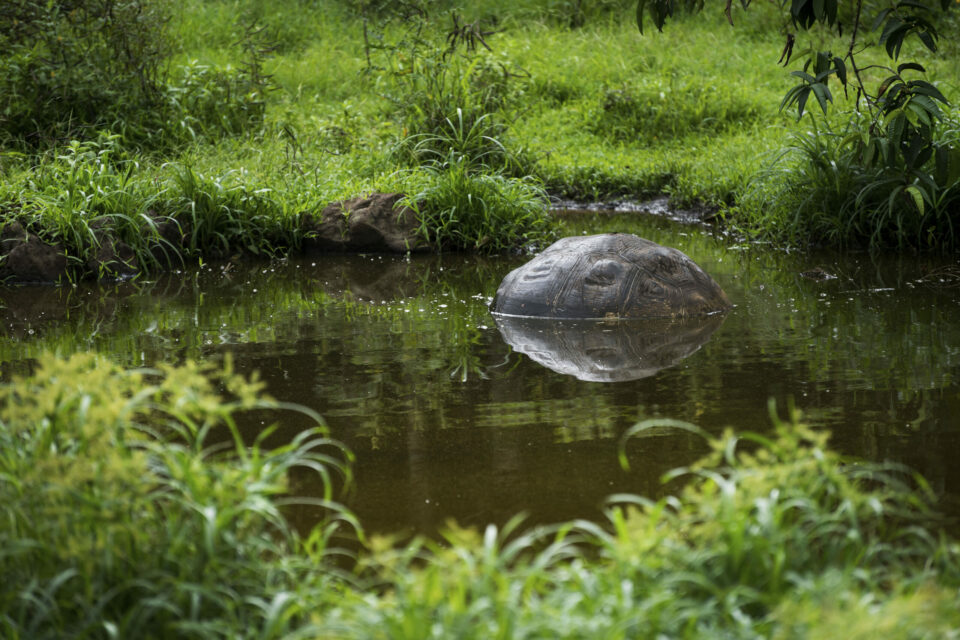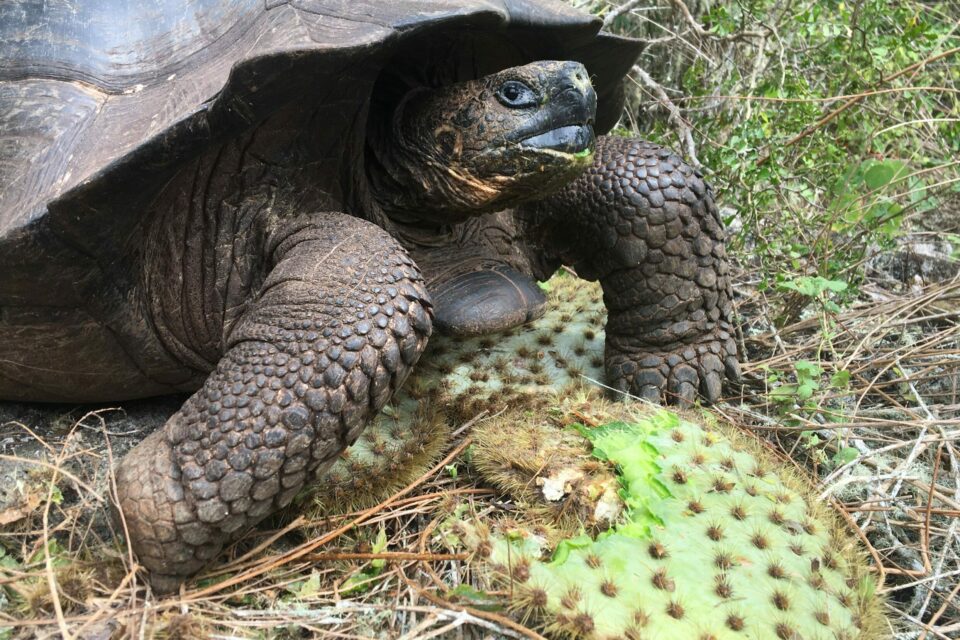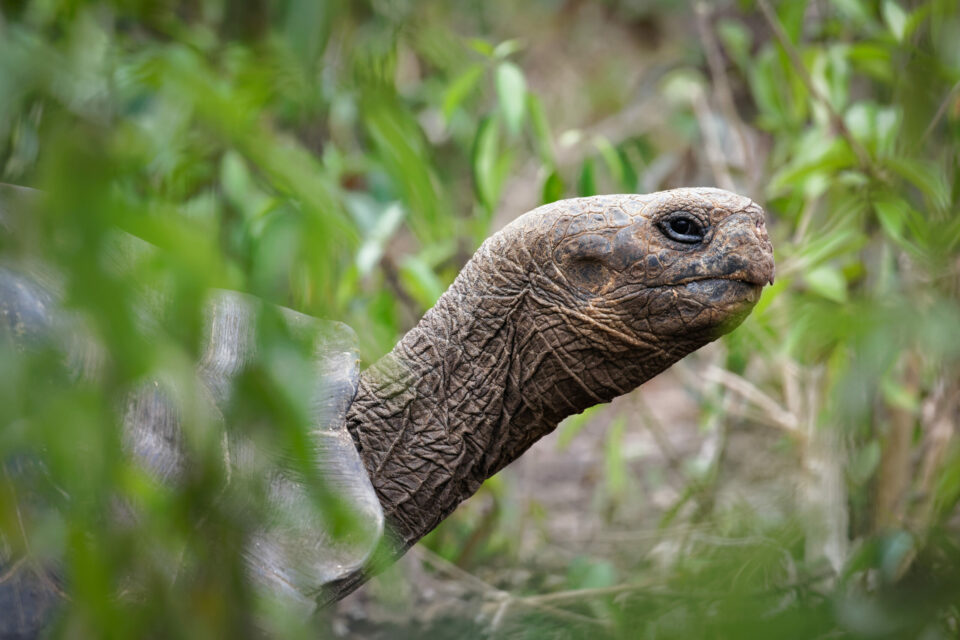

Giant Tortoises Returned to the Wild
After remaining in captivity at the Fausto Llerena Breeding Centre for 51 years, 5 male Galapagos giant tortoises have been returned to their natural habitat...
After remaining in captivity at the Fausto Llerena Breeding Centre for 51 years, 5 male Galapagos giant tortoises have been returned to their natural habitat on Santa Cruz island.
The tortoises came to the breeding centre in 1965 when giant tortoises were still being bred by individuals as pets. They remained in captivity at the breeding centre as it was unknown which species the tortoises belonged to. Genetic studies over the past 10 years have allowed scientists to identify the origin of these tortoises and they have now been returned to their natural home on Santa Cruz, in an area known as Cerro Gallina. This reintroduction forms part of the Giant Tortoise Restoration Initiative, which is managed by the Galapagos National Park (GNP), the Ministry of Environment and the Galapagos Conservancy (GCT’s counterpart in the US).

© GNP
Washington Tapia, scientific advisor to the GNP, said that these tortoises have contributed greatly in improving the management of tortoises in captivity, and their legacy can now be seen in over 1,200 tortoises in the breeding centre, waiting to be repatriated to their home islands. Tapia also noted that the genetic studies, which were carried out by specialists from Yale University, have helped to complete the genetic map of Galapagos giant tortoises.
The Director of the GNP, Walter Bustos, said the breeding centres are the best tool to recover populations of giant tortoises that are on the verge of extinction. The tortoises that have been returned to their habitat will fulfil their essential role as ecosystem engineers, and will in turn help to restore their natural environment.
The 5 tortoises are all of the species Chelonoidis porteri, known as the western Santa Cruz tortoise, and are aged between 70 to over 100 years old. Due to the weight of the tortoises, it took 4 helicopter trips to move the tortoises. Two of these five tortoises will be monitored over the next 10 years using radio tracking devices attached to their shells. This will help to assess the success of the re-introduction programme. During the first few hours in their new habitat the tortoises fed and moved naturally, quickly adapting to their surroundings.
Translated from a press release with permission from the Galapagos National Park.
Related articles


The return of the Floreana giant tortoise

Galapagos giant tortoises: An update from the field

